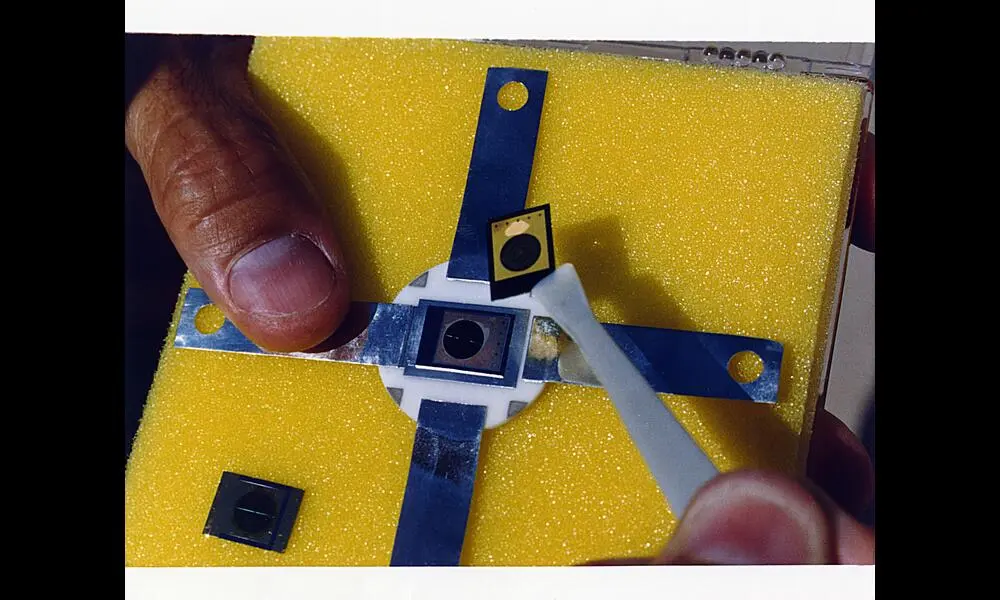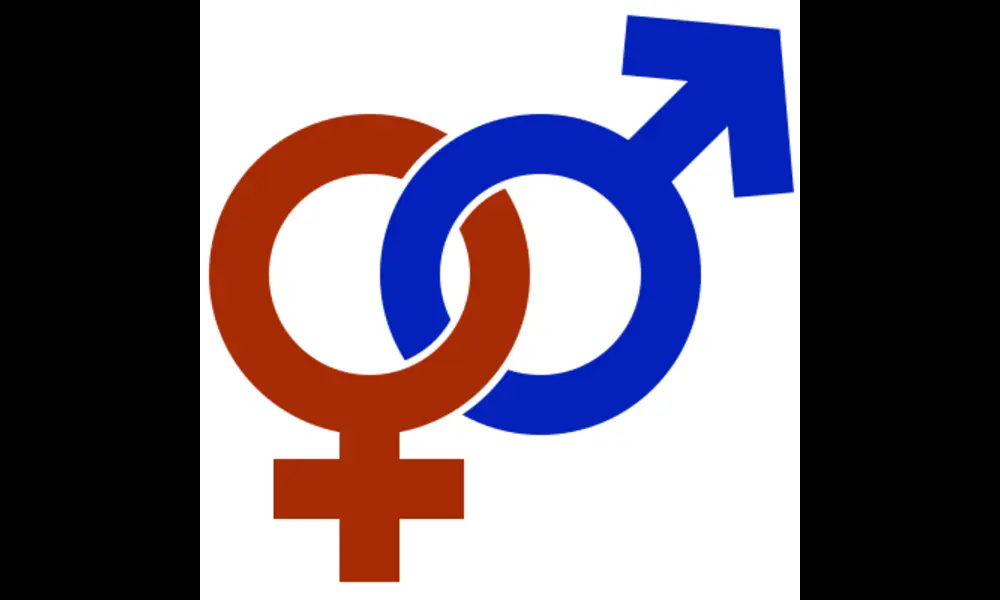GCBFSnet: New Audio Processing Model Enhances Voice Clarity in Noisy Settings
Published on Wed Dec 20 2023 Crowds at Ueno Toshogu Shrine Entrance | DLKR on Flickr
Crowds at Ueno Toshogu Shrine Entrance | DLKR on FlickrImagine attending a lively party, trying desperately to focus on a conversation with a new acquaintance amidst the cacophony of surrounding chatter and music. For those with hearing impairments, this scenario is an everyday challenge, and even for the hearing-abled, it can be a strain. However, a promising new technology could soon lend a much-needed auditory hand. In a groundbreaking study, researchers have crafted a revolutionary low-latency, low-complexity approach for separating multiple speakers' voices in real time—an advancement that could transform hearing aids into miniature supercomputers capable of isolating individual conversations in noisy, reverberant environments.
Dubbed the Group Communication Binaural Filter and Sum Network (GCBFSnet), this innovative model uses complex mathematical filters to perform 'beamforming,' which is akin to audio spotlighting, allowing it to isolate and enhance specific voices while tuning out the rest. This technology is remarkable not just for its effectiveness but also for its efficiency. The magic lies in the GCBFSnet's 'Group Communication' mechanism, which simplifies the data processing, slashing the model's size by up to 83% and its complexity by up to 73% compared to traditional models, while still delivering comparable performance.
With hearing aids being confined to the miniature size constraints of fitting within or behind one’s ear, they require highly efficient algorithms to operate effectively. The proposed solution by the research team is brilliantly suited for hearing aids as it preserves spatial audio cues that are essential for understanding the direction and distance of sound sources—an aspect crucial for spatial awareness and speech perception.
But what does this mean for the average person? In essence, the leap forward reported by these researchers could translate into hearing aids that not only help the wearer hear better in quiet settings but also single out voices in noisy, crowded rooms with minimal delay. The potential benefits are not limited to those with hearing impairments; the technology could also be adapted for smart home devices, speech recognition systems, and even the automotive industry, where it could help drivers stay focused on the road by reducing unwanted cabin noise.
The study delves deeply into the model’s performance across various configurations, demonstrating its adaptability and robustness in different acoustic conditions. The approach outshines larger baseline models in key metrics, signaling a new era of audio processing where smaller, smarter devices could offer unprecedented levels of clarity and control over what we hear.
This research is a significant stride towards the ultimate goal of seamless, natural, and inclusive communication for all, regardless of hearing ability. As GCBFSnet and similar technologies continue to develop, the future of assistive listening devices shines bright with the promise of bringing clear conversation back to the forefront, even in the noisiest of rooms.



